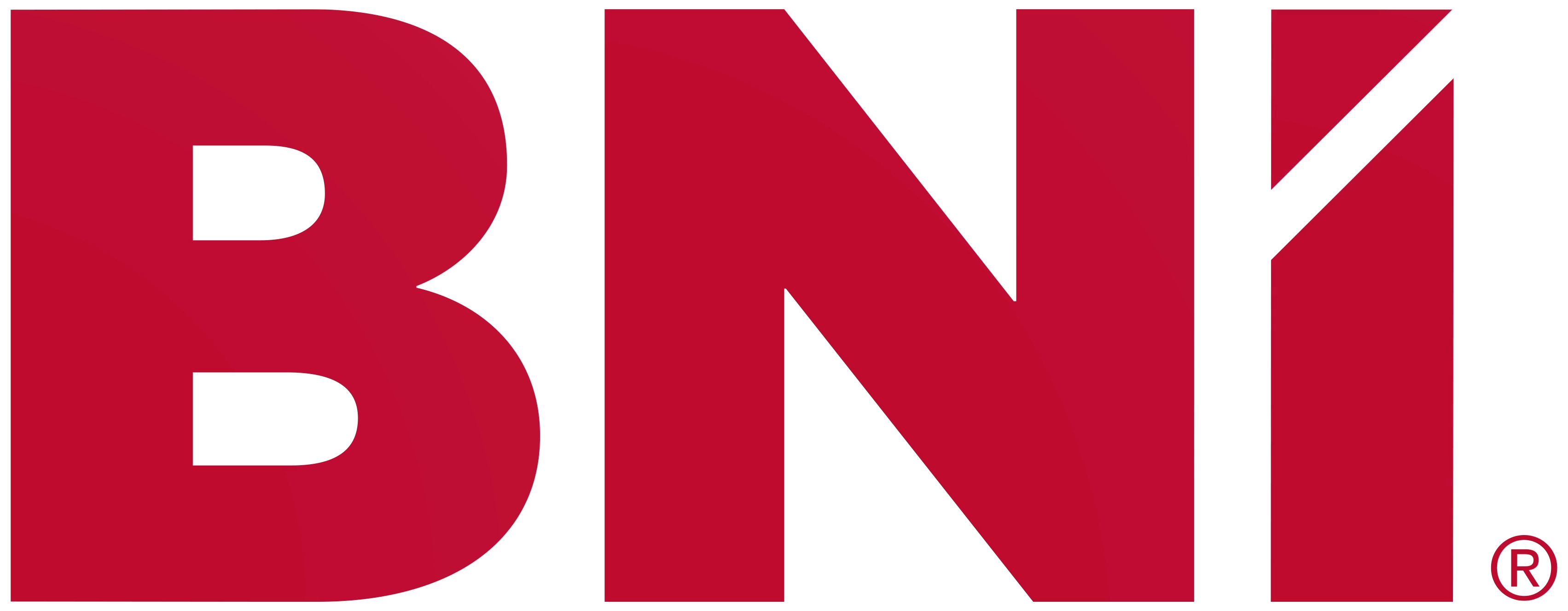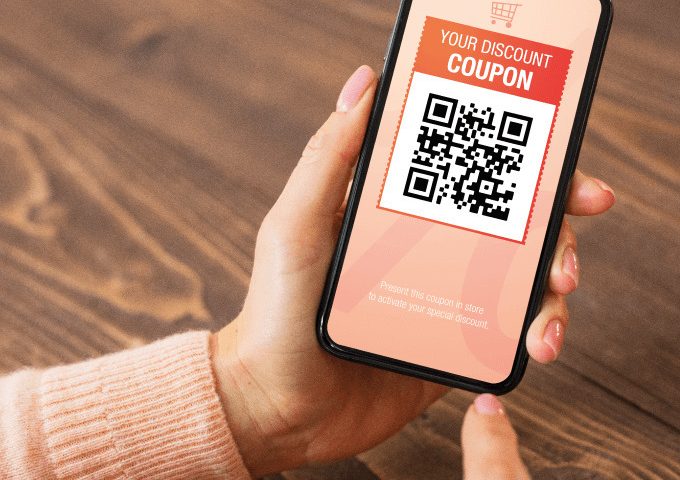In our era of fierce competition and crowded markets, acquiring new customers while keeping old ones on board is a real challenge. You need to invest time and effort by using various combinations of marketing strategies and innovative customer loyalty programs to gain your customers’ trust, increase customers’ engagement and eventually boost sales at the lowest cost.
In this article, we’ll be giving you a step-by-step guide to building a customer loyalty program that works for you and your business!
Many people begin this process with a clear mental image of what their ideal customer loyalty program looks like, but with no idea how to make it a reality. Today, we’ll be bridging this gap by arming you with an in-depth understanding of the loyalty program creation process.
1. Set a goal for what you want to achieve
When you begin to create a loyalty program for your business, having a clear goal in mind for the program is crucial. Lacking a clear goal frequently translates into an ineffective loyalty program that misses out on most of the main benefits of implementing a loyalty program in the first place!
Here are some guiding questions to help you lock down a goal:
- Am I looking for recurring sales?
- Am l looking for more leads?
- Am I looking for more traffic for my online store?
- Am I looking for more brand awareness?
- Am I looking for a better channel to communicate with my customers?
Once you have a clear goal in mind, you’re ready for the next step!
2. Learn who your customers are
When creating a loyalty program, it’s incredibly important to learn about your customers’ wants, needs, and fears. This information makes it much easier to create a tailored loyalty program that motivates your customer base to keep coming back for more! There isn’t one correct way to get this information. You could conduct surveys, ask for client feedback, perform market research, look for trends – the list goes on.
To get you started, here’s a list of things you might want to learn about your customers:
- How much do they spend at your store each year?
- What are the products they purchase from you?
- How frequently do they shop with you?
- How long have they been shopping at your store?
- What is the profit you make out of each of their purchases?
- What other products can you sell to them?
- Who are the similar suppliers that your customers purchase from?
- Are your customers satisfied with your products and services?
- Are your customers satisfied with the payment option you provide?
- What could you do to improve the relationship between you and your customers?
After answering these questions, you can begin crafting a loyalty program that aligns your expectations with your customers’.
3. Offer what your customers (actually) want
A successful loyalty program needs to offer customers value, it’s as simple as that! The program you create needs to offer customers something that they want. In return, these customers will help you achieve your business objectives. It’s a win-win!
To offer customers something they actually want you’re going to need to refer to the answers you got from the customer research in step two. By looking at the data you got from your customers you’ll be able to come up with a rewards program that provides them with real value.
Here are some examples of possible rewards:
- Free items from your store
- Access to exclusive items that aren’t widely available
- Discounts on future purchases
- Free shipping codes
4. Choose the right type of loyalty program
Once you have a reward – or rewards – in mind it’s time to start thinking about the actual structure of the loyalty program you’re going to implement. Here are a few structures to think about:
- Point-based loyalty program
This is the simplest loyalty program structure and it’s used widely to increase customer sign-ups. Under this program structure, customers are offered a certain number of points based on each dollar they spend. Once customers earn a certain number of points, they can use them to redeem rewards. - Spend-based loyalty program
This program structure is aiming at increasing value per order. It’s a very easy one to understand, implement, and maintain! Essentially, a spend-based loyalty program recognises and rewards high-spend customers with targeted incentives that encourage future spending. - Tiered loyalty program
This is program structure encourages purchases through the creation of exclusive tiers of rewards made available only after customers hit their goal or target through spending or purchases. - Paid loyalty program
This is the VIP grade of loyalty program structures. It keeps top-tier customers in your store. Unlike points loyalty programs that everyone can join, the entry barrier for a paid loyalty requires customers to pay a fee for loyalty perks. Take note that it only works when the value outweighs the cost. So, make sure your customers feel exclusive with the top level of service and receive unique discount opportunities. - Punch cards
Punch card loyalty programs are ideal for small businesses. They require customers to spend a bit upfront to redeem value later. This usually looks something like, ‘every 6th cup of coffee is free’. Low cost and low maintenance – this program is a no brainer! - Hybrid loyalty programs
A hybrid loyalty program is a combination of two or more loyalty program structures. For instance, you might decide to merge a tiered program and a points-based program where customers reach new levels of loyalty by accumulating a certain number of points. This makes it easier for customers to calculate points and encourages them to pursue the next loyalty level. That means more purchases for you!
5. Set a budget
One of the primary motivations for developing a loyalty program is increasing revenue at a lower cost than acquiring new customers through traditional marketing strategies. To do this, it’s important to create separate marketing budgets for acquiring new customers and retaining old ones.
This will make it easier to stay within your business’ overall budget while keeping tabs on how your loyalty program is performing.
6. Brand your loyalty program

Branding your loyalty program is one of the most crucial steps. With a boring name or uninspiring copy, all your hard work researching and creating the program might be for nothing! Loyalty programs need to be marketed, and this means putting some effort into branding your program effectively. To choose a great name for your loyalty program, it should:
- Be easy to remember
- Incite curiosity
- Motivate participation
- Be meaningful and relevant
- Be unique
7. Choose an implementation strategy
Now that you’ve conceptualised all the basic elements of building a loyalty program, it’s time to think about your implementation strategy – or how you’ll build and introduce the program. You have two main options when it comes to an implementation strategy. You can:
- Develop in-house
The best part about developing a loyalty program in-house is that you get to have full control over the entire development process. However, be prepared to invest a lot of time and money to get the system up and running – especially if you have a limited number of developers and tools. - Hiring an agency
If you have limited time and developers in-house, hiring an agency might be a wise choice. An agency can help you create a professional and fully customized loyalty program. Best of all, they take the project from start to finish – even managing the research and marketing elements. The only requirement to you is understanding enough about loyalty programs to cut down on unnecessary costs charged by the agency.
8. Launch and promote to your customers
Once you’ve made it this far it’s time to launch your loyalty program. Like any launch, it’s important to drum up interest. Here are a few things you can do to let people know about your program:
- Announce all the benefits and functions of your loyalty program on your website
- Promote it on all your marketing channels
- Promote via onsite push notifications and pop-ups
- Show customers the points they can earn next to the price tag
9. Analyse and improve your loyalty program
You might think that launching your loyalty program is the last step… it’s not. In fact, it’s only the beginning! Loyalty programs thrive when they’re consistently and carefully managed to maximize customer engagement and satisfaction. That means measuring performance and responding to the data.
If you’re unsure of where to start, here are a few metrics you can use to measure your program’s performance:
- Loyalty enrollment rate
Whether your program is free or not, the number of customers who sign up for it is a critical metric for measuring the program’s success. It tells you how attractive your loyalty program is to your customers, which in turn tells you how much (or little) they value the program’s incentives. - Redemption rate
This performance metric is based on the percentage of customers who end up taking advantage of your rewards. It’s a powerful tool for giving you some insight into how valuable the incentives are to customers and how difficult they are to achieve. - Loyalty-driven revenue
This metric shows exactly how effective your loyalty program is at delivering real profit. With the straightforward redemption system, you can easily calculate how much revenue was generated by your loyalty program and adjust accordingly.
All these metrics help you understand which features work and which don’t. We recommend you design a short survey for your loyalty program members to get a sense of things that they would change about the program if they could. No loyalty program is perfect at implementation – it takes frequent adjustments to get it right!
Level up your business with loyalty program today
Launching a well-designed loyalty program is a great way to keep your customers coming back for more. That makes loyalty programs a key aspect of sustainable business. However, implementing a customer loyalty program doesn’t mean you can neglect new business development. Increase your portfolio of loyal customers is a never-ending job!
Source: https://dcr.com.my/create-loyalty-program-in-9-simple-steps/

Dynamic Creative & Resourceful (DCR) Marketing Sdn Bhd is a 15 year old company. We focuses and specializes in Marketing, Rewards Loyalty, Usage & Redemption Programme with most of our clients are from the Financial & Corporate sectors (Local & International).

